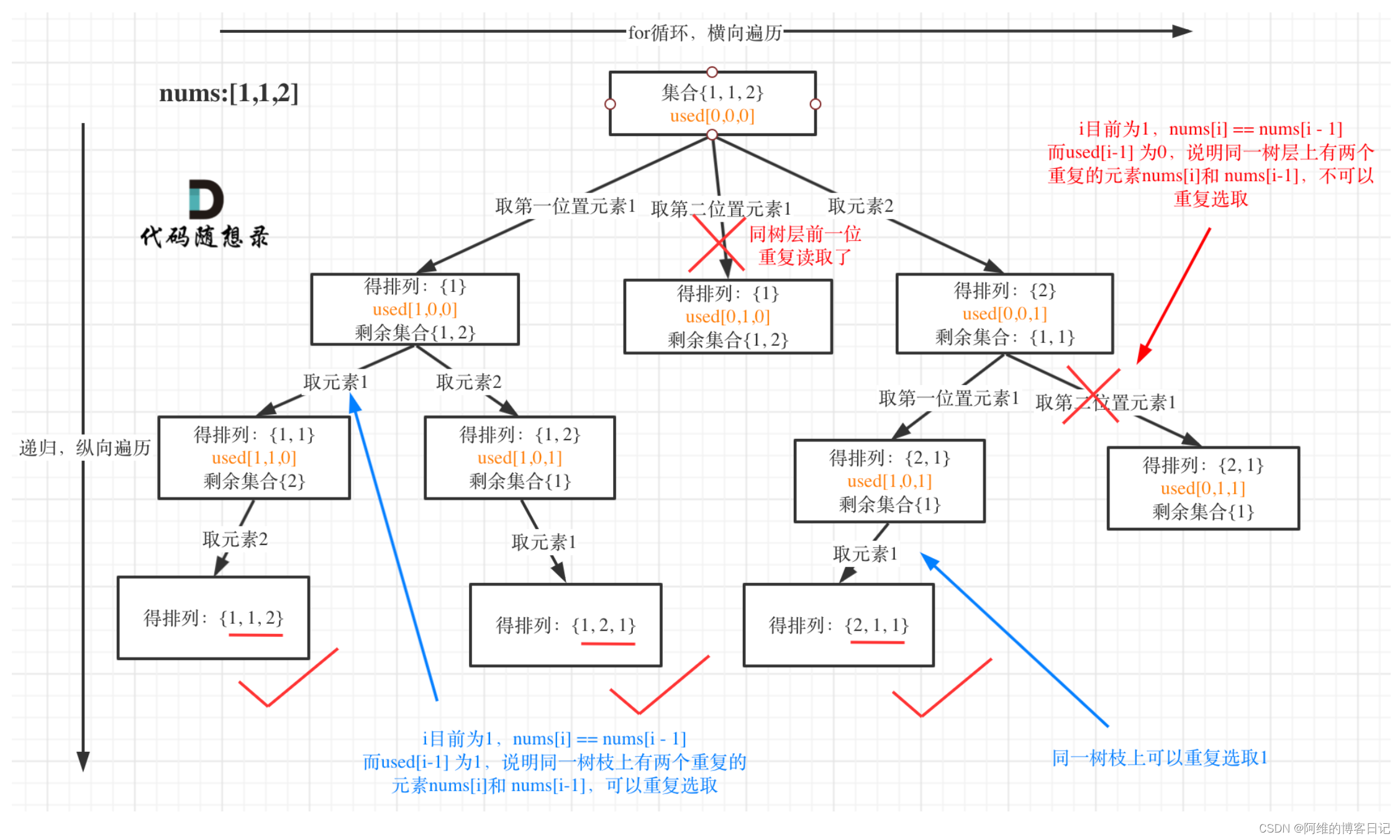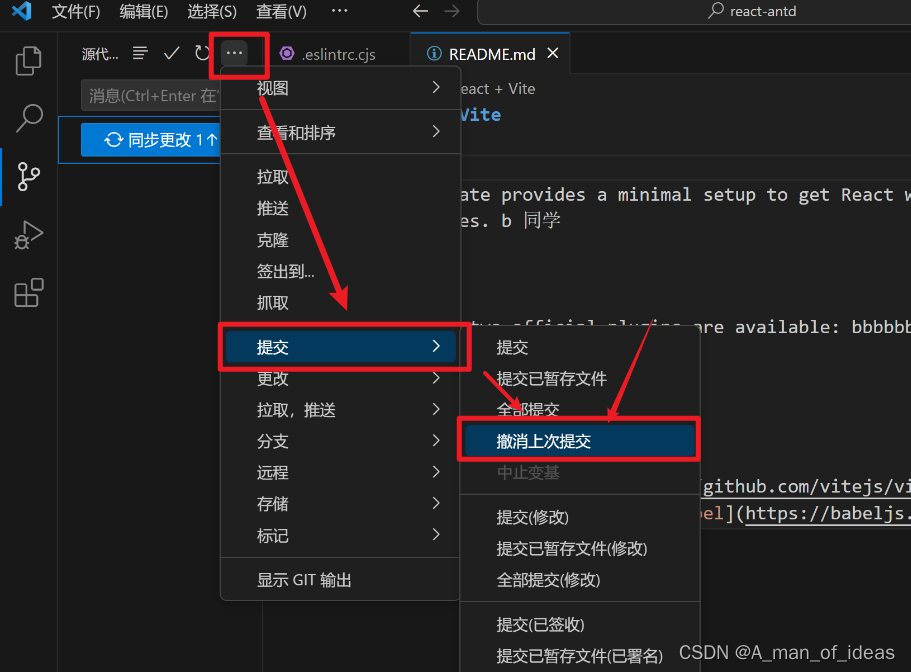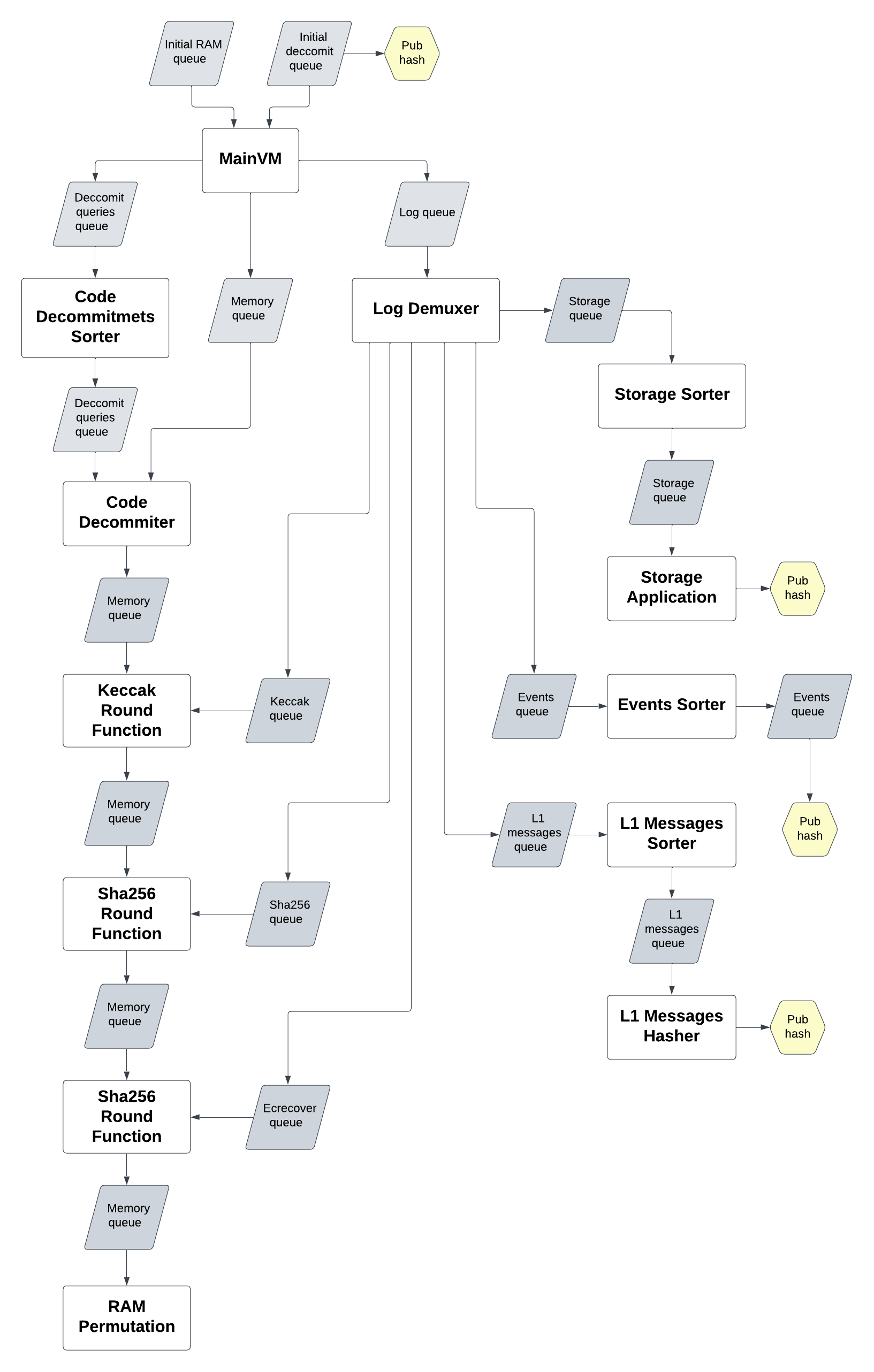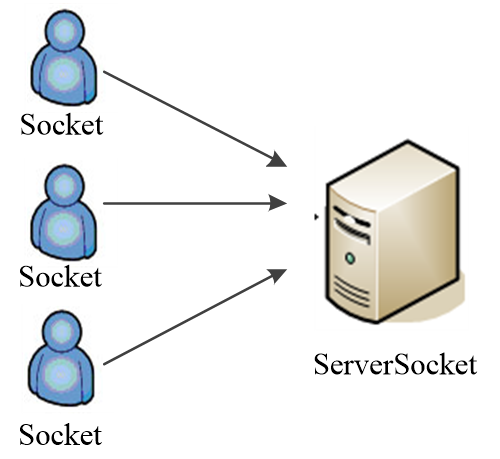视频常用的编解码器id定义(以h264和h265为例) // 定义在ffmpeg\include\libavcodec\avcodec.h
AV_CODEC_ID_H264
AV_CODEC_ID_H265
查找解码器:根据编解码id查看解码器 AVCodec* pCodecVideo = avcodec_find_decoder(codecID);
if (!pCodecVideo)
{printf("avcodec_find_decoder failed\n");return -1;
}
申请编码器上下文结构体内存,保存了视频编解码相关信息 AVCodecContext* pCodecCtxVideo = avcodec_alloc_context3(pCodecVideo);
if (!pCodecCtxVideo)
{printf("avcodec_alloc_context3 error\n");return -1;
}
打开解码器 if (avcodec_open2(pCodecCtxVideo, pCodecVideo, NULL) < 0)
{printf("avcodec_open2 failed\n");return -1;
}
申请帧内存:存储一帧解码后像素(采样)数据 AVFrame* pFrameVideo = av_frame_alloc();
if (!pFrameVideo)
{printf("av_frame_alloc failed\n");return -1;
}
解码一帧压缩数据 // data和len为压缩数据的指针和大小AVPacket packet;
av_init_packet(&packet);
packet.data = (uint8_t*)data;
packet.size = len;int got_picture = 0;
if (avcodec_decode_video2(pCodecCtxVideo, pFrameVideo, &got_picture, &packet) < 0)
{printf("avcodec_decode_video2 failed\n");return -1;
}
获取帧大小 // 以YUV420为例
int frameSize = avpicture_get_size(AV_PIX_FMT_YUV420P, pFrameVideo->linesize[0], pFrameVideo->height);
获取上下文,获取用于转码的参数**(初始化一次)** // pFrameVideo->width:输入帧数据宽
// pFrameVideo->height:输入帧数据高
// pCodecCtxVideo->pix_fmt:帧数据格式
// pFrameVideo->width:输出帧数据宽
// pFrameVideo->height:输出帧数据高
// AV_PIX_FMT_YUV420P:输出帧数据格式,例如YUV420、RGB32等
// SWS_BICUBIC:视频像素数据格式转换算法类型
SwsContext* imgConvertCtx = sws_getContext(pFrameVideo->width, pFrameVideo->height,pCodecCtxVideo->pix_fmt,pFrameVideo->width, pFrameVideo->height, AV_PIX_FMT_YUV420P, SWS_BICUBIC, NULL, NULL, NULL);
缓冲区分配缓存**(初始化一次)** int frameSize = avpicture_get_size(AV_PIX_FMT_YUV420P, pFrameVideo->width, pFrameVideo->height);
AVFrame* picture = av_frame_alloc();
uint8_t* pictureBuf = new uint8_t[frameSize];
初始化缓冲区**(初始化一次)** avpicture_fill((AVPicture *)m_picture, m_pictureBuf, AV_PIX_FMT_YUV420P, pFrameVideo->width, pFrameVideo->height);
图片转换**(针对实时流或读取的文件流,循环调用)** sws_scale(imgConvertCtx, (const uint8_t* const*)pFrameVideo->data, pFrameVideo->linesize, 0, pFrameVideo->height, picture->data, picture->linesize);
if (nullptr != pCodecCtxVideo)
{avcodec_close(pCodecCtxVideo);av_free(pCodecCtxVideo);pCodecCtxVideo = nullptr;
}if (nullptr != pFrameVideo)
{av_frame_free(&pFrameVideo);pFrameVideo = nullptr;
}if (nullptr != picture)
{av_frame_free(&picture);picture = nullptr;
}if (nullptr != pictureBuf)
{delete[] pictureBuf;pictureBuf = nullptr;
}if (nullptr != imgConvertCtx)
{sws_freeContext(imgConvertCtx);imgConvertCtx = nullptr;
}
音频常用的编解码器id定义 AV_CODEC_ID_PCM_ALAW
AV_CODEC_ID_PCM_MULAW
AV_CODEC_ID_FIRST_AUDIO
AV_CODEC_ID_AAC
查找解码器:根据编解码id查看解码器 AVCodec* pCodecAudio = avcodec_find_decoder(codecID);
if (!pCodecAudio)
{printf("audio avcodec_find_decoder failed\n");return -1;
}
申请编码器上下文结构体内存,保存了音频编解码相关信息 AVCodecContext* pCodecCtxAudio = avcodec_alloc_context3(pCodecAudio);
if (!pCodecCtxAudio)
{printf("audio avcodec_alloc_context3 failed\n");return -1;
}
打开解码器 int audioCodecType = (int)codec;
switch (audioCodecType)
{case CODEC_AUDIO_AAC:break;case CODEC_AUDIO_MP3:break;case CODEC_AUDIO_G711:case CODEC_AUDIO_G711U:pCodecCtxAudio->codec_type = AVMEDIA_TYPE_AUDIO;pCodecCtxAudio->sample_fmt = AV_SAMPLE_FMT_S16;pCodecCtxAudio->sample_rate = 8000;pCodecCtxAudio->channel_layout = AV_CH_LAYOUT_MONO;pCodecCtxAudio->channels = 1;break;case CODEC_AUDIO_G7231:break;case CODEC_AUDIO_G7221:break;default:break;
}pCodecCtxAudio->codec_id = codecID;
int ret = avcodec_open2(pCodecCtxAudio, pCodecAudio, NULL);
if (ret < 0)
{printf("audio avcodec_open2 failed\n");return -1;
}
申请内存和初始化参数 AVFrame* frameAudio = av_frame_alloc();
if (!frameAudio)
{printf("audio av_frame_alloc failed\n");return -1;
}AVPacket* audioPacket = av_packet_alloc();
if (!audioPacket)
{printf("av_packet_alloc failed\n");return -1;
}
av_init_packet(audioPacket);
解码一帧音频数据 audioPacket->data = (uint8_t*)data;
audioPacket->size = datalen;int ret = avcodec_send_packet(m_pCodecCtxAudio, m_audioPacket);
if (ret < 0)
{av_packet_unref(audioPacket);printf("audio avcodec_send_packet failed\n");return -1;
}
接收一帧数据 ret = avcodec_receive_frame(m_pCodecCtxAudio, m_frameAudio);
if (ret < 0)
{return -1;
}
设置输入和输出音频信息**(执行一次)** // 分配SwrContext
SwrContext* audioSwrCtx = swr_alloc();
int channelLayout = av_get_default_channel_layout(frameAudio->channels);// audioSwrCtx:重采样申请的内存。如果传NULL,内部会申请一块内存,非NULL可以复用之前的内存
// AV_CH_LAYOUT_MONO:目标声道
// AV_SAMPLE_FMT_S16:目标采样格式
// frameAudio->sample_rate:目标采样率
// channelLayout:原始声道布局
// pCodecCtxAudio->sample_fmt:原始采样格式
// frameAudio->sample_rate:原始采样率
// 设置输入和输出的音频信息
swr_alloc_set_opts(audioSwrCtx, AV_CH_LAYOUT_MONO, AV_SAMPLE_FMT_S16,frameAudio->sample_rate,channelLayout, pCodecCtxAudio->sample_fmt, frameAudio->sample_rate, 0, NULL);// 设置用户参数后初始化上下文
swr_init(audioSwrCtx);
重采样转换(循环执行) // audioSwrCtx:音频重采样的上下文
// audioBuffer:输出的指针。传递的输出的数组
// 1024*256:输出的样本数量,不是字节数。单通道的样本数量。
// (const uint8_t**)frameAudio->data:输入的数组,AVFrame解码出来的DATA
// frameAudio->nb_samples:输入的单通道的样本数量。
// 以单声道为例
int len = swr_convert(audioSwrCtx, &audioBuffer, 1024*256,(const uint8_t**)frameAudio->data,frameAudio->nb_samples);// 获取音频大小
av_get_channel_layout_nb_channels(AV_CH_LAYOUT_MONO);
int bufSize = av_samples_get_buffer_size(NULL, av_get_channel_layout_nb_channels(AV_CH_LAYOUT_MONO),frameAudio->nb_samples,AV_SAMPLE_FMT_S16, 0);
if (nullptr != pCodecCtxAudio)
{avcodec_close(pCodecCtxAudio);av_free(pCodecCtxAudio);pCodecCtxAudio = nullptr;
}if (nullptr != frameAudio)
{av_frame_free(&frameAudio);frameAudio = nullptr;
}if (nullptr != audioPacket)
{av_packet_unref(audioPacket);av_packet_free(&audioPacket);audioPacket = nullptr;
}if (nullptr != audioSwrCtx)
{swr_free(&audioSwrCtx);audioSwrCtx = nullptr;
}// 其他资源释放






